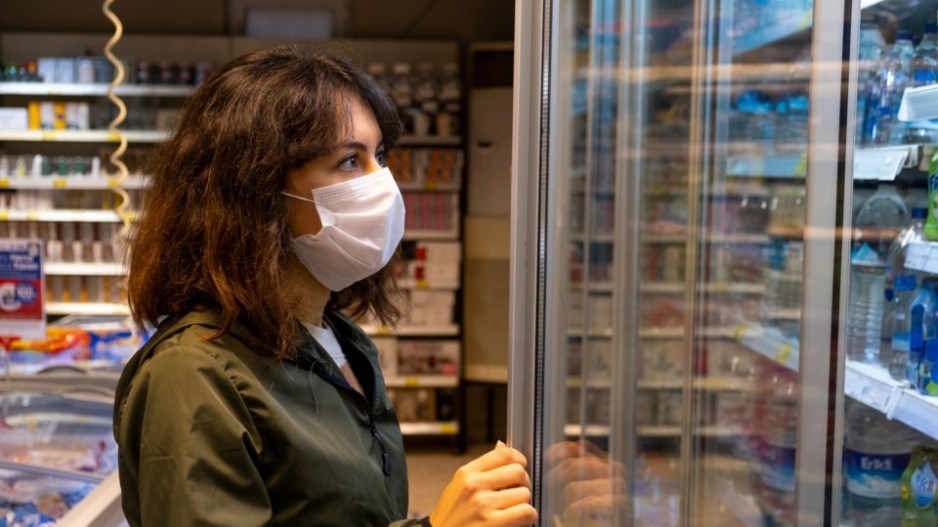Inflation is showing no signs of easing up, rising at an annual rate of 6.7 per cent in March — a high not seen since January 1991, when GST was introduced.
If there’s any hint of a silver lining for B.C., it’s that Wednesday’s data from Statistics Canada shows the West Coast trailing the national pace, rising 6 per cent year over year.
But that still represents the second highest monthly jump (+1.9 per cent) among all provinces.
Gasoline is leading the way with a 38.8 per cent spike in March compared with a year ago and an 11.8 per cent jump compared with February.
Inflation is also hitting Canadians especially hard in the grocery aisle with prices up significantly compared with March 2021:
- Pasta, +17.8%
- Butter, +16%
- Cheese, +10.4%
- Eggs and dairy, +8.5%
- Milk, +7.7%
And with restrictions easing across Canada amid the pandemic, hotel rooms saw prices jump 24.4 per cent compared with March of last year.
“The 6.7 per cent headline Canadian inflation reading in March was well above consensus expectation and our own forecast for an increase around 6 per cent,” RBC economist Claire Fan said in a note.
“Overall, exceptionally tight labour markets and a large stockpile of pandemic savings are expected to keep near-term consumer spending strong.”
She added RBC expects the Bank of Canada to hike its key rate to 2 per cent by October.
“It would take a brave person to call this the peak, but provided energy prices don't spike further, this may indeed be the apex for headline inflation,” BMO chief economist Douglas Porter said in a note.
He expects the Bank of Canada to hike its key rate by 50 basis points over the course of the next two meetings, which would bring it to 2 per cent by July.
"Inflation is likely to remain above the Bank of Canada's target range until 2023, crimping consumer purchasing power and driving interest rates higher," TD senior economist Leslie Preston said in a note.




